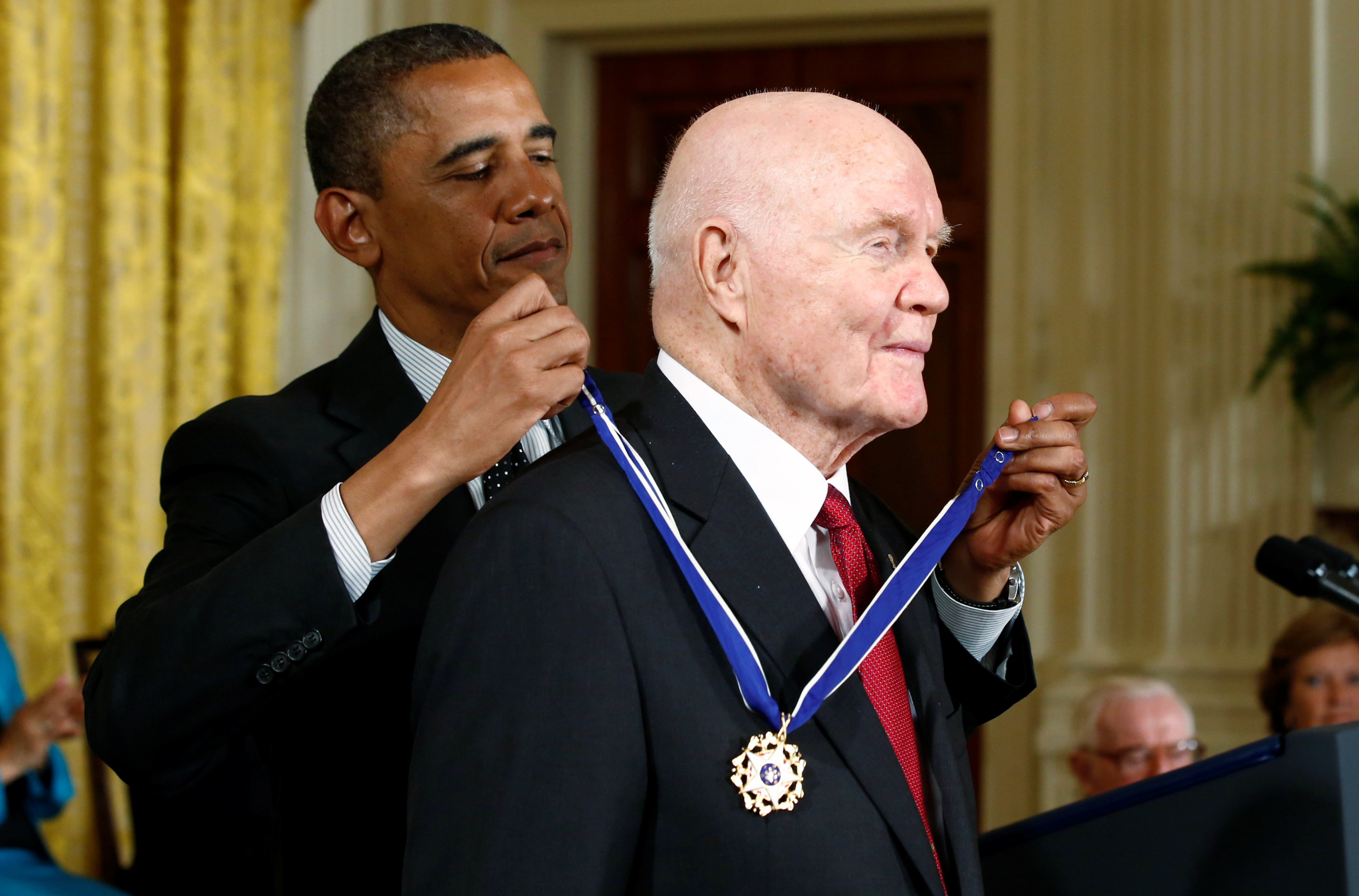
By Michael Martina and Philip Wen
BEIJING (Reuters) – Defying pressure for a strong increase in defense spending, China said on Saturday its military budget this year would grow about 7 percent, its slowest pace since 2010.
Last year, with China’s economy slowing, the defense budget recorded its lowest increase in six years, 7.6 percent, the first single-digit rise since 2010, following a nearly unbroken two-decade run of double-digit increases.
With the administration of new U.S. President Donald Trump proposing a 10 percent jump in military spending in 2017, and worries about potential disputes with the United States over the South China Sea and the status of Taiwan, some in China had been pressing for a forceful message from this year’s defense budget.
This week influential state-run tabloid the Global Times called for a rise of at least 10 percent to deal with the uncertainty brought by Trump, and a retired senior general told Hong Kong and Taiwan media that 12 percent would be needed to match the U.S. rise.
“It’s not enough,” a source with ties to senior Chinese officers told Reuters. “A lot of people in the military won’t be happy with this.”
Parliament spokeswoman Fu Ying, who announced the increase, said defense spending would account for about 1.3 percent of GDP, the same level as the past few years.
The actual number for defense spending will be released on Sunday, when China’s largely rubber-stamp parliament begins its annual session.
China’s economic growth target for 2017 is expected to be lowered to around 6.5 percent from last year’s 6.5-7 percent when Premier Li Keqiang gives his work report to parliament.
Last year normally talkative military delegates to parliament largely declined to talk to foreign media about the slowing rate of military spending, saying they had been ordered not to speak to foreign reporters.
NERVES RATTLED
China’s military build-up has rattled nerves around the region, particularly because China has taken an increasingly assertive stance in its territorial disputes in the East and South China Seas and over Taiwan, which China claims as its own.
Taiwan’s defense ministry expects China to continue to strengthen its military, spokesman Chen Chung-chi told Reuters, while a senior official at Japan’s defense ministry said the spending rise was still large and lacked transparency.
Takashi Kawakami, professor of international politics at Japan’s Takushoku University, said the small rate of increase showed China was taking a cautious approach with the new U.S. government, especially as Presidents Trump and Xi could meet soon.
“There was a view that China would increase its defense budget in line with the rise of the defense budget in the United States. But the fact China kept it at this level means it’s in a wait-and-see mode regarding the Trump administration.”
Spokeswoman Fu dismissed concerns about China’s military.
“Look at the past decade or so; there have been so many conflicts, even wars, around the world resulting in serious, large numbers of casualties and loss of property, so many refugees destitute and homeless. Which one has China caused?” she said.
There are other concerns for China’s military, including how to deal with the 300,000 troops President Xi Jinping announced in 2015 would be cut, mainly by the end of 2017.
Last month Chinese military veterans demonstrated in central Beijing for two consecutive days, demanding unpaid retirement benefits in a new wave of protests highlighting the difficulty in managing demobilized troops.
“It’s not yet certain what is going to happen to these people, and the military is clearly hoping for more money to deal with them,” one senior Beijing-based Asia diplomat said before this year’s defense budget was announced.
The defense budget figure for last year, 954.35 billion yuan ($138.4 billion), likely understates its investment, according to diplomats, though the number is closely watched around the region and in Washington for clues to China’s intentions.
A 7 percent rise for this year based on last year’s budget would bring the figure to 1.02 trillion yuan, still only a quarter or so of the U.S. defense budget.
The White House has proposed a 10 percent increase in military spending to $603 billion, even though the United States has wound down major wars in Iraq and Afghanistan and is already the world’s pre-eminent military power.
(Additional reporting by J.R. Wu in Taipei and Nobuhiro Kubo in Tokyo; Writing and additional reporting by Ben Blanchard; Editing by Will Waterman)










